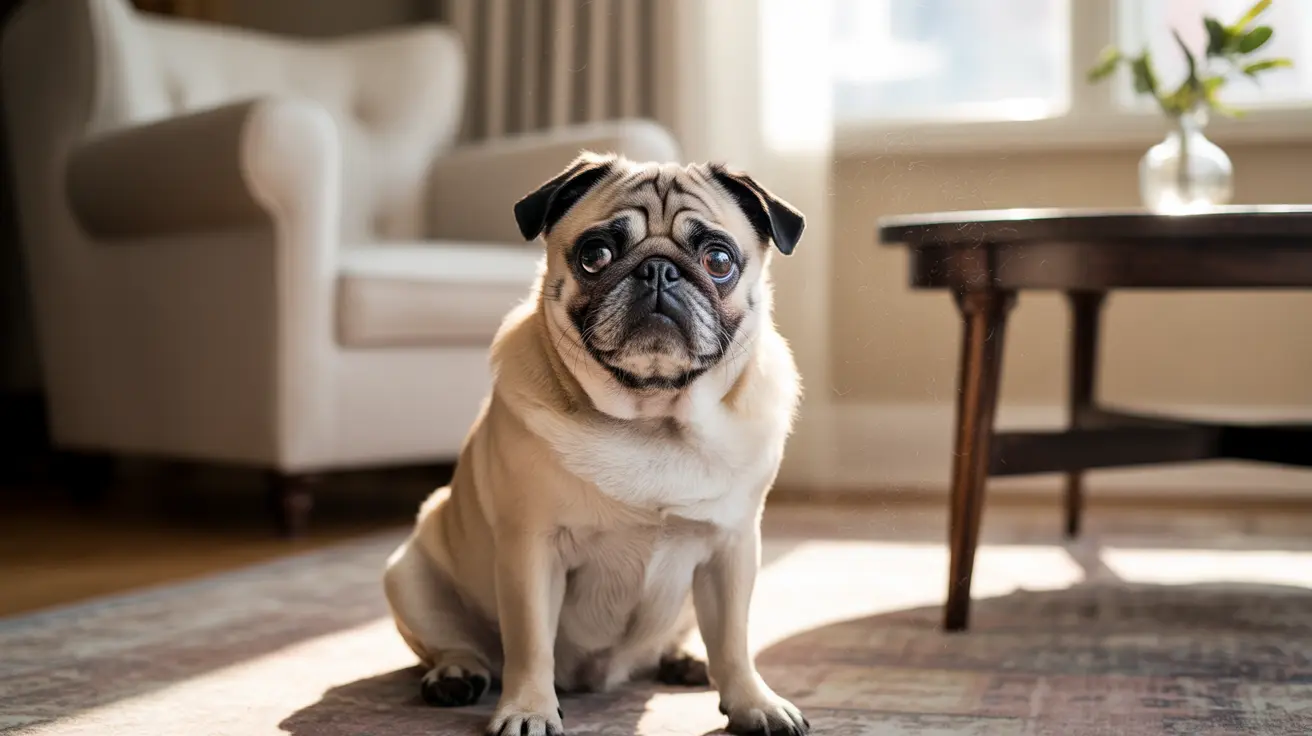Understanding Hot Spots on Dogs: Duration, Causes, and Treatment
Hot spots, also known as acute moist dermatitis or pyotraumatic dermatitis, are localized areas of skin inflammation and infection that can cause significant discomfort in dogs. These lesions often develop suddenly and may escalate quickly if not treated promptly. They are marked by red, moist, and painful patches on the skin, typically caused by the dog’s excessive scratching, licking, or biting at a particular area.
How Long Do Hot Spots Last?
Generally, with proper veterinary care and management, hot spots resolve within 3 to 7 days. However, the duration can vary depending on the severity of the lesion, the presence of a secondary infection, and whether the underlying cause has been effectively addressed. In cases where the hot spot becomes complicated by deep skin infection (such as folliculitis or cellulitis), healing may take several weeks.
Recognizing the Symptoms
- Red, inflamed patches with defined edges
- Hair loss in the affected area
- Dog licking, chewing, or scratching the area excessively
- Swelling, discharge, or crusting of surrounding fur
- Unpleasant odor from the lesion
- Noticeable pain or restlessness
Common Causes of Hot Spots
Hot spots rarely occur without an initiating factor. They’re typically secondary to an issue that triggers the itch-lick-chew cycle. Common causes include:
- Skin allergies — including flea allergy dermatitis, food sensitivities, and environmental allergens
- Parasites — such as fleas, mites, or ticks
- Ear infections — especially those affecting areas around the ear and neck
- Moisture retention — after bathing or swimming, especially in dogs with dense coats
- Poor grooming — leading to matted fur and trapped moisture
- Behavioral factors — including anxiety, boredom, or stress
- Underlying health conditions — such as hypothyroidism or Cushing’s disease
- Insect bites or contact with irritants
Breeds at Higher Risk
Breeds with thick or long coats are more likely to develop hot spots, particularly in warm, humid conditions or when moisture is trapped in the fur. These include:
- Golden Retrievers
- Labrador Retrievers
- St. Bernards
- German Shepherd Dogs
- Newfoundlands
- Collies
- Akitas
Effective Treatment Options
Treating hot spots swiftly and effectively is essential to alleviate your dog’s discomfort and prevent complications. Treatment may involve:
- Clipping the hair around the hot spot to help keep it clean and dry
- Cleaning the area with a mild antiseptic solution like chlorhexidine
- Topical medications to reduce moisture and combat bacteria — only those recommended by a vet
- Oral or injectable antibiotics if secondary infection is present
- Anti-inflammatory medications like prednisone or antihistamines to reduce itching and swelling
- Elizabethan collar (E-collar) to prevent self-trauma during healing
When to Seek Veterinary Care
While minor hot spots may respond to home care, veterinary attention is strongly advised for:
- Large, painful, or fast-spreading lesions
- Hot spots near vulnerable areas like eyes or ears
- Discharge with odor or color suggesting infection
- Recurring hot spots
- Overall signs of illness: fever, lethargy, or decreased appetite
Preventing Recurrent Hot Spots
Prevention involves both managing risk factors and maintaining good hygiene practices.
- Regular grooming — especially for dogs with dense coats
- Drying thoroughly after swimming or bathing
- Routine flea and parasite control
- Addressing allergies with veterinary support
- Maintaining clean ears and addressing ear infections promptly
- Behavioral enrichment to mitigate anxiety or boredom
Conclusion
Hot spots can be distressing for both dog and owner, but most cases resolve quickly with proper diagnosis and treatment. Identifying and managing the root cause is critical in preventing recurrence. If your dog is prone to hot spots, work with your veterinarian to implement a prevention strategy tailored to your pet's specific needs.





